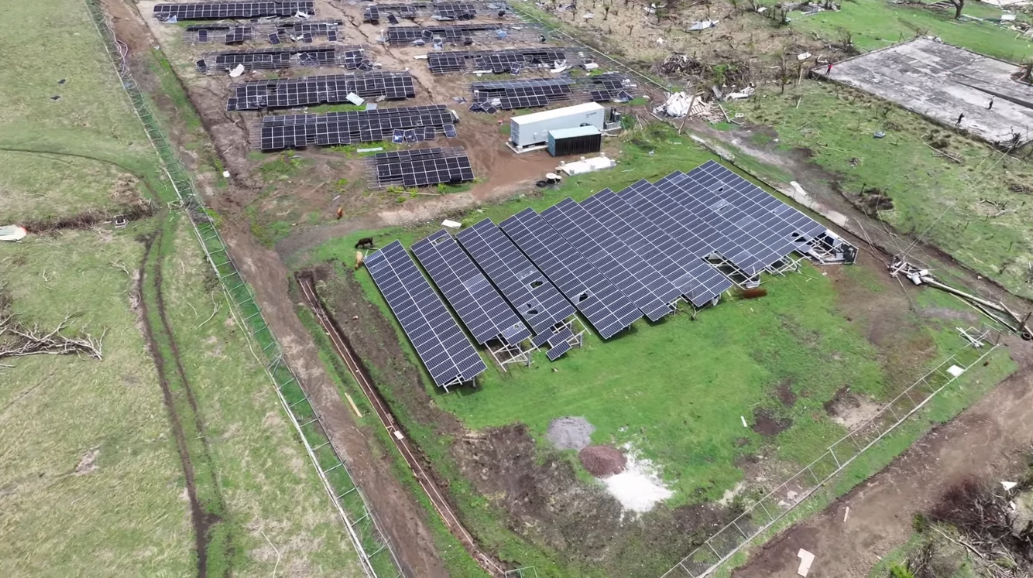Hurricane “Beryl” Has Subsided - How Should Solar Power Plants Respond?
August to October is the peak season for hurricanes in the United States, but the formation of the powerful Hurricane "Beryll" in June this year is extremely rare. This was the first Category 5 hurricane recorded in the North Atlantic in June by the US Hurricane Center.

The key characteristics of Hurricane "Beryl" can be summarized as a long life span, extreme intensity, and a wide area of impact. "Beryl" was officially named on June 29th and stopped being tracked on July 9th, lasting for 10 days. On July 2nd, Hurricane "Beryl" intensified to a Category 5 hurricane, with a peak wind speed of 75 m/s (150 knots), making it the strongest hurricane on record for that time of year since 1851, and the global "Wind King" so far this year.

After Hurricane "Beryl" made landfall in the southern United States on the 8th, it has resulted in at least 8 deaths, flooding roads, leaving over 3 million homes without power, and delaying or cancelling thousands of flights. Even over 10 days after landfall, tens of thousands of customers in Texas still have not fully recovered electricity supply; Texas is currently experiencing extreme heat, and some residents have died due to the combined impacts of extreme temperatures and power outages.

Limlair solar PV plant suffered severe damage during Hurricane Beryl. The system was designed to withstand Category 4 hurricanes, but the actual storm approached Category 5, damaging all the systems. A special task force is being assembled to fully assess the extent of the damage and consider whether to rebuild.

This damage could set their progress back 5-10 years. Therefore, the Minister of Climate Resilience, Environment and Renewable Energy, Gilian James, is calling on the international community to support them in ensuring future projects can withstand Category 4-5 hurricanes, and to provide more climate financing to implement more projects and enhance their adaptive capacity.
So, in the face of a hurricane with immense destructive power, the main measures for solar power plants to respond to hurricanes include:
Designing and building hurricane-resistant solar power plants:
- Adopting reinforced solar mounting structures and foundations to withstand high wind loads
- Selecting solar modules with high wind resistance
- Strengthening electrical equipment and cables against wind and rain
Enhancing the wind resistance of power plants:
- Carrying out targeted reinforcement and retrofitting of existing power plants
- Optimizing the layout of power plants to avoid obstructions
Developing comprehensive emergency response plans:
- Conducting early hurricane warning and emergency drills
- Preparing emergency backup power sources and repair materials
- Arranging for personnel evacuation and equipment protection measures
Strengthening post-disaster damage assessment and restoration work:
- Comprehensively evaluating damaged equipment and developing repair plans
- Quickly restoring normal operation of the power plant
Improving disaster resistance and recovery capabilities:
- Evaluating the disaster resistance performance of the power plant and continuously optimizing the design
- Increasing risk management measures such as insurance
- Obtaining government and international support funds for power plant reinforcement
By comprehensively implementing the above measures, the ability of solar power plants to withstand hurricanes can be significantly improved, and the losses caused by natural disasters can be reduced.